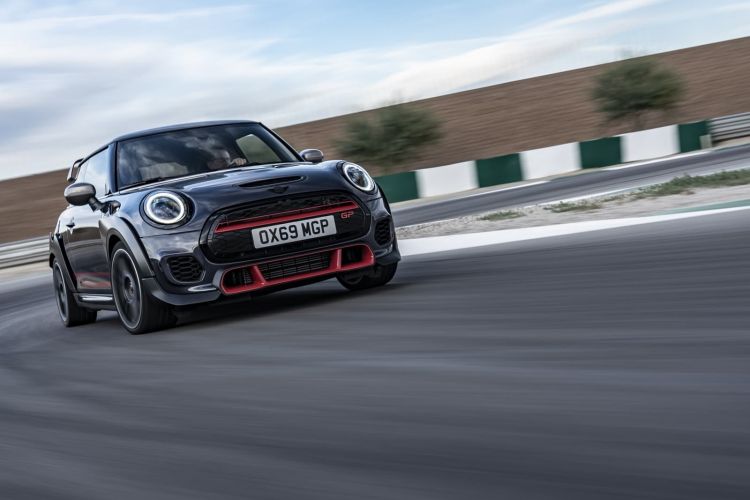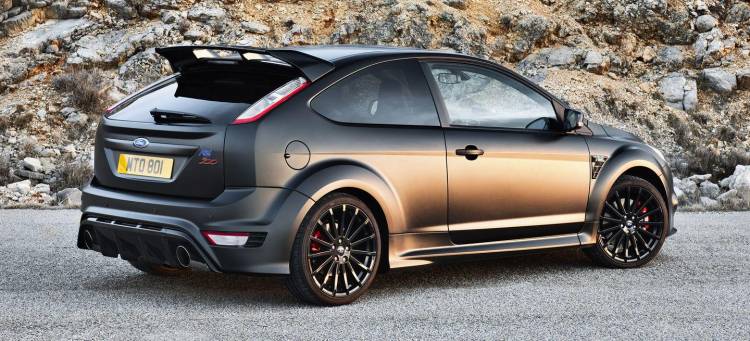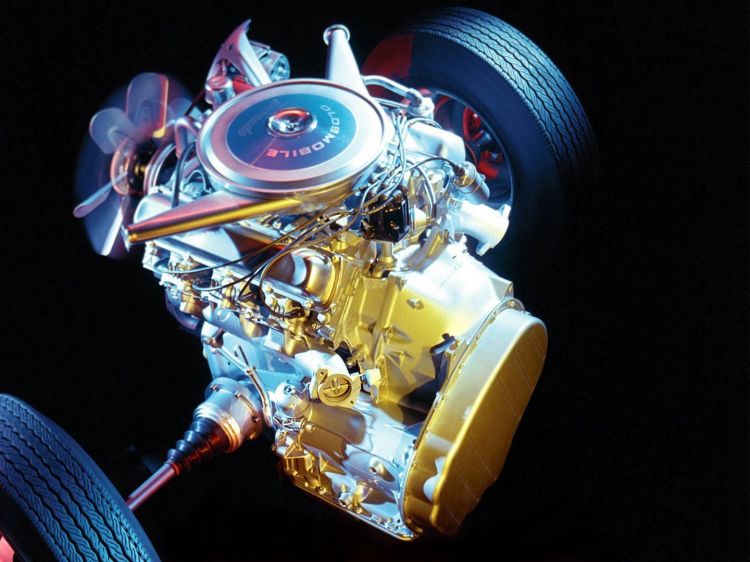It used to be said that the reasonable power limit for a front wheel drive car It was in the environment of 220 CV. At least, that’s what Jeremy Clarkson said a little over a decade ago, after a chat with Saab engineers. Today we enjoy front-wheel drive sports compacts with up to 320 horsepower – like the Honda Civic Type R – but it is almost impossible to find more powerful front-wheel drive vehicles. However, what we want is to do a historical review of the most powerful cars that sent their power to the front axle.
Why are there no front-wheel drive cars and 500 hp?
The problem is that in a front-wheel drive car, the drive and the steering are on the same axis. Therefore, the same axis must do double work. In cars of a certain power, the forward force of the drive wheels and steering work, giving rise to the famous “torque-steer”. This Anglo-Saxon expression speaks of interference in the direction of the engine, under strong acceleration, reducing the precision of the guidance and even forcing us to hold the steering wheel so that our trajectory does not change.
From 300 hp, it makes more sense to send power to the axle that does not drive the car, or install an all-wheel drive system.
In the most powerful front-wheel drive cars, a tremendous job has been done in recent years, installing careful suspension geometries and all kinds of reinforcements in the undercarriage, in addition to the essential limited-slip differentials. With them, it has been possible to reduce the “torque-steer” and guarantee a great precision of guidancebut cars like the MINI John Cooper Works GP continue to show us that a front-wheel drive car and more than 300 hp are not easy ingredients to pair, even for the most advanced brands.
Ford Focus RS500? Cold very cold…
We might think that the most powerful front-wheel drive car ever created was the Ford Focus RS500. It was the special farewell edition of the second generation Ford Focus RS, and it stood out because its power went from the 305 CV of the “dry” RS to about tremendous 350 hp. In addition to passing all that power to the front axle, it did so through a heavy 2.5 turbo five-cylinder engine and Volvo origin. Interestingly, no car manufacturer has since released a front-wheel drive car with this level of power.
The third generation Ford Focus RS had the same power as the RS500, but used an all-wheel drive system.
Photos of the Ford Focus RS500
Despite a mechanical limited-slip and the “RevoKnuckle” suspension scheme – a knuckle in which the suspension movements were separated from the steering ones – the RS500 was understeering, and the front axle was overwhelmed by the torrent of power and torque. You might think that the Ford Focus RS500 was the most powerful front-wheel drive ever, but if we dig a little through the history books, we come to the first generation of the Oldsmobile Toronado and its twin brothers, the Cadillac Eldorado.
Cars that should never have been front-wheel drive.
Cadillac Eldorado: a V8 of 8.2 liters and 400 CV… and front-wheel drive
Oldsmobile developed an interesting platform for front-wheel drive vehicles in the early 1960s. Or rather, a complex integration of engine and gearbox into a relatively compact unit, called a Unitized Power Package (UPP). The gearbox, an automatic transaxle-mounted torque converter box, was located behind the engine. To keep the unit smaller, the torque converter output was sent to the gearbox input shaft via a very robust chain, towards the front of the car.
In the sixties, practically all American cars were propulsion.
In this way, a front-wheel drive car could be created without taking up more space than would be devoted to the engine in a self-propelled vehicle of the time. This innovation was accompanied by a front subframe and a formidable job on the geometry of the front axle. The system was released by the Oldsmobile Toronado and was used in different large vehicles and luxurious orientation until the beginning of this century. They were cars oriented to a great comfort and refinement of march, and not to the high benefits.
Oldsmobile tried to sport its Toronados with the W-34 package, but soon discovered the physical limitations of fitting a lumbering V8 and automatic gearbox on the same axle that turned the vehicle around. The Unitized Power Package (UPP) system was also used in the Cadillac Eldorado, which in the early 1970s featured the largest displacement V8 ever fitted to a production car. The gigantic 8.2-liter V8 engine of the Cadillac Eldorado sent its 400 CV to the front axle through a three-speed automatic transmission.
The muscle cars of the time continued to be front-engine, rear-wheel drive cars.
As you can suppose, and as the magazines of the time attested, understeer kicked in as soon as more than smooth acceleration or slight cornering was required of the car. Something on the other hand, logical in a soft suspension car, 5.96 meters long and weighing more than two tons – defined at the time as a “road yacht”. All in all, in a straight line it was a car with more than decent performance: it reached 96 km/h in 7.6 seconds and had a top speed estimated at a hair-raising 202 km/h.
Photos of the Cadillac Eldorado




